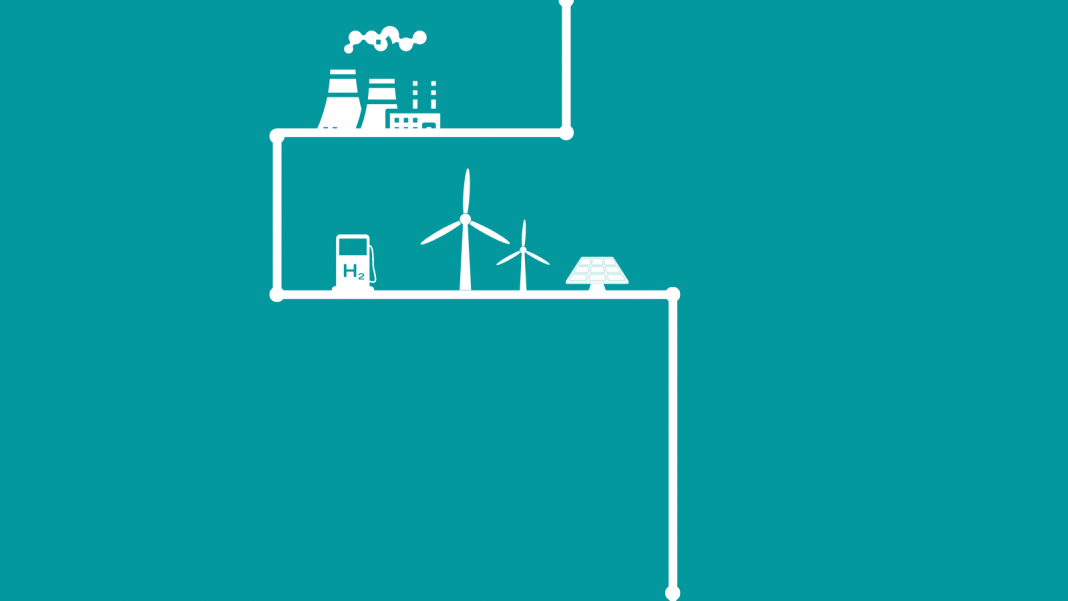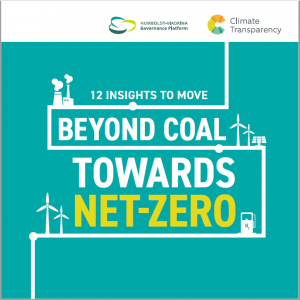This booklet of infographics breaks down the top 12 things you need to know on the G20 countries’ transition beyond coal towards net-zero emissions.
The 2015 Paris Agreement sets a clear goal to keep the global temperature rise to well below 2°C, pursuing efforts to limit it to 1.5°C. Coal is the most carbon-intensive fossil fuel used in power generation.
Nearly a third of global energy-related CO2 emissions come from the coal sector. To meet the Paris Agreement, countries urgently need to deliver plans for the global and local phase-out of coal, and to facilitate a just transition.
This booklet shows that there is a global shift away from coal by examining coal power capacities, policies and finance and looks into investment alternatives for a green and modern energy system with a focus on renewables and (green) hydrogen.
It has been produced as part of the event series “Beyond Coal – Towards Net-Zero Emissions” in Japan, South Korea and China in the run up to COP26.
China, Japan and South Korea have committed to reduce their emissions to net-zero by mid-century. A rapid decrease in the costs of renewables and storage along air pollution and carbon pricing policies render coal power increasingly an insecure investment with a high risk of stranded assets. This is currently catalysing a national debate in these countries on how to manage a just transition. It is also increasing the likelihood to come to an agreement to restrict international coal financing and to prepare more ambitious climate targets (Nationally Determined Contribution).








